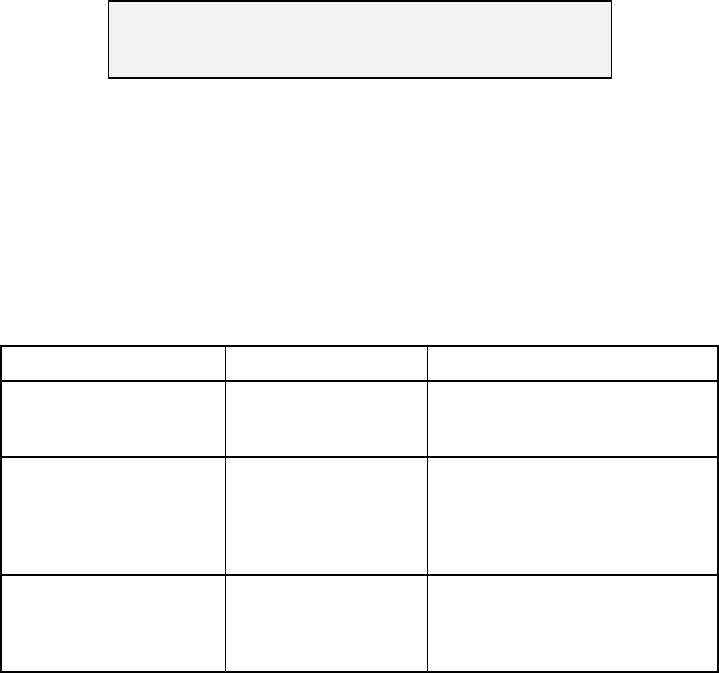
NOTE
Hazardous Area (Lake, Island, Mountain, or Swamp)
Reporting Service programs are contained in the AIM.
Overdue Aircraft Action
As soon as a VFR or Defense Visual Flight Rules (DVFR) aircraft (military or civilian)
becomes overdue, the destination station (including intermediate destination tie-in
station for military aircraft) shall attempt to locate the aircraft by checking all adjacent
airports. Also, the destination station shall check appropriate terminal area facilities and
ARTCC sectors.
If this communication check does not locate the aircraft, the controller issues the
messages in Table 7-11.
Time
Message
Remarks
Immediately after
QALQ (Code asking if
Transmit to departure tie-in FSS
communications check
aircraft has landed or
or FSS where flight plan is on file.
returned to station)
30 minutes after overdue
INREQ (Information
Transmit to departure station,
(or sooner if reply to
Request)
RCC, FSSs, ARTCCs, and flight
QALQ is negative)
watch control stations (with
communication outlets) along the
aircraft route of flight.
1 hour after the INREQ
ALNOT
Transmit to the Regional
was issued (or sooner if
Operations Center, RCC, and
(Alert Notice)
replies to INREQ are
other facilities within the search
negative)
area.
Table 7-11 -- Overdue aircraft action
QALQ
The destination station transmits a QALQ message to the departure station after the
initial communication check fails to locate the aircraft. Upon receipt of the QALQ inquiry,
the departure station shall check locally for any information about the aircraft and take
the following action:
If the aircraft is located, notify the destination station.
If unable to locate the aircraft, send all additional information to the destination
station, including any verbal or written remarks made by the pilot that may be
pertinent.
If the aircraft is located, the destination station shall transmit a cancellation message.
7-15

